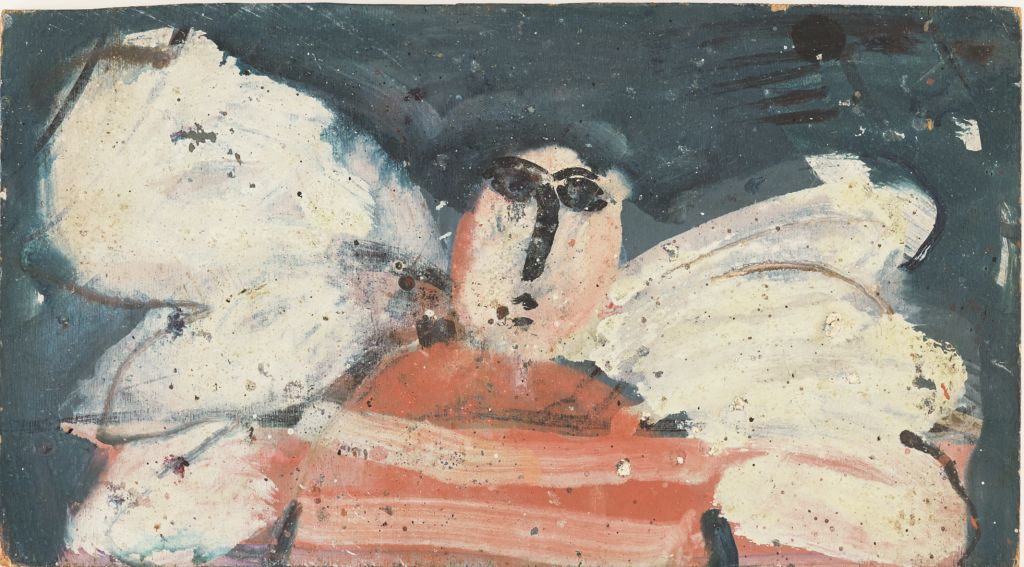Robert Coutelas (1930-85) was born into a poor French family who lived in a single room, and he died in a similar, pathetically impoverished, way. Nearly every opportunity life afforded he either abandoned or would broker no compromise for the sake of art. Now, 160 small works pay tribute to his vision at Asahi Beer Oyamazaki Villa Museum of Art.
Coutelas left elementary school at age 11 during World War II, and when the war was over he worked in a spinning factory in Theirs, Auvergne. Fascinated by what was known as "arts populaires" — items by unknown craftspeople, that included portraits, tarot cards and votive images — he spent his pocket money amassing his own collection. His parents, however, initially opposed his artist aspirations and threw the collection away, which led to an attempted suicide with an electric cord that left him unconscious for three weeks.
In 1947 he enrolled in a vocational industrial design program and taught himself casting, carving and painting before becoming a stonemason. He then quit the latter believing the medieval spirit of the craftsperson was irretrievable in his day and age. His time at the prestigious Ecole Nationale Superieure des Beaux-Arts de Lyon from 1953 was also short-lived, with him quitting in his second year. But by 1955, he was exhibiting with members of the new Lyon School of painting, who straddled figuration and abstraction, something that can be seen in the work "Flowers" (1959).


















With your current subscription plan you can comment on stories. However, before writing your first comment, please create a display name in the Profile section of your subscriber account page.